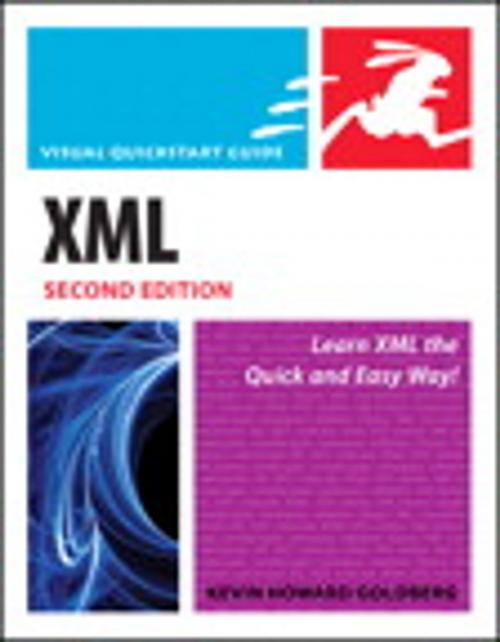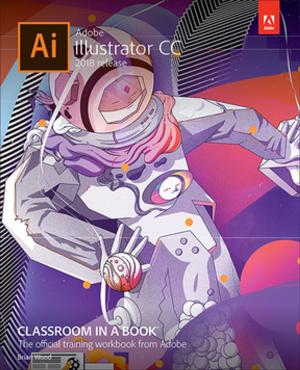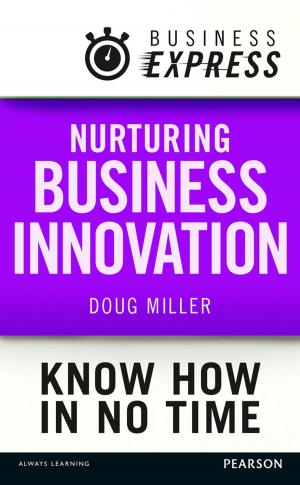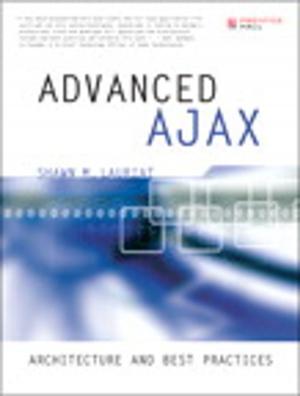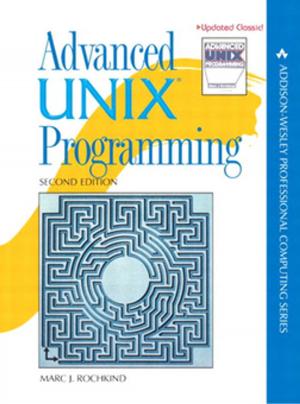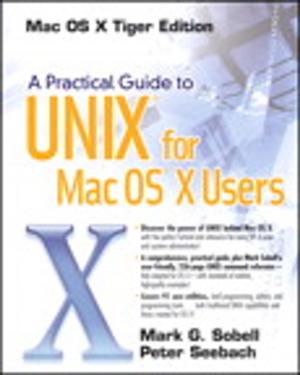| Author: | Kevin Howard Goldberg | ISBN: | 9780132104319 |
| Publisher: | Pearson Education | Publication: | April 26, 2010 |
| Imprint: | Peachpit Press | Language: | English |
| Author: | Kevin Howard Goldberg |
| ISBN: | 9780132104319 |
| Publisher: | Pearson Education |
| Publication: | April 26, 2010 |
| Imprint: | Peachpit Press |
| Language: | English |
What is XML? XML, or eXtensible Markup Language, is a specification for storing information. It is also a specification for describing the structure of that information. And while XML is a markup language (just like HTML), XML has no tags of its own. It allows the person writing the XML to create whatever tags they need. The only condition is that these newly created tags adhere to the rules of the XML specification.
In the seven years since the first edition of “XML: Visual QuickStart Guide” was published, XML has taken its place next to HTML as a foundational language on the Internet. XML has become a very popular method for storing data and the most popular method for transmitting data between all sorts of systems and applications. The reason being, where HTML was designed to display information, XML was designed to manage it.
“XML: Visual QuickStart Guide, 2nd Edition” is divided into seven parts. Each part contains one or more chapters with step-by-step instructions that explain how to perform XML-related tasks. Wherever possible, examples of the concepts being discussed are displayed, and the parts of the examples on which to focus are highlighted.
The order of the book is intentionally designed to be an introduction to the fundamentals of XML, followed by discussions of related XML technologies.
In the seven years since the first edition of “XML: Visual QuickStart Guide” was published, XML has taken its place next to HTML as a foundational language on the Internet. XML has become a very popular method for storing data and the most popular method for transmitting data between all sorts of systems and applications. The reason being, where HTML was designed to display information, XML was designed to manage it.
“XML: Visual QuickStart Guide, 2nd Edition” is divided into seven parts. Each part contains one or more chapters with step-by-step instructions that explain how to perform XML-related tasks. Wherever possible, examples of the concepts being discussed are displayed, and the parts of the examples on which to focus are highlighted.
The order of the book is intentionally designed to be an introduction to the fundamentals of XML, followed by discussions of related XML technologies.
What is XML? XML, or eXtensible Markup Language, is a specification for storing information. It is also a specification for describing the structure of that information. And while XML is a markup language (just like HTML), XML has no tags of its own. It allows the person writing the XML to create whatever tags they need. The only condition is that these newly created tags adhere to the rules of the XML specification.
In the seven years since the first edition of “XML: Visual QuickStart Guide” was published, XML has taken its place next to HTML as a foundational language on the Internet. XML has become a very popular method for storing data and the most popular method for transmitting data between all sorts of systems and applications. The reason being, where HTML was designed to display information, XML was designed to manage it.
“XML: Visual QuickStart Guide, 2nd Edition” is divided into seven parts. Each part contains one or more chapters with step-by-step instructions that explain how to perform XML-related tasks. Wherever possible, examples of the concepts being discussed are displayed, and the parts of the examples on which to focus are highlighted.
The order of the book is intentionally designed to be an introduction to the fundamentals of XML, followed by discussions of related XML technologies.
In the seven years since the first edition of “XML: Visual QuickStart Guide” was published, XML has taken its place next to HTML as a foundational language on the Internet. XML has become a very popular method for storing data and the most popular method for transmitting data between all sorts of systems and applications. The reason being, where HTML was designed to display information, XML was designed to manage it.
“XML: Visual QuickStart Guide, 2nd Edition” is divided into seven parts. Each part contains one or more chapters with step-by-step instructions that explain how to perform XML-related tasks. Wherever possible, examples of the concepts being discussed are displayed, and the parts of the examples on which to focus are highlighted.
The order of the book is intentionally designed to be an introduction to the fundamentals of XML, followed by discussions of related XML technologies.
